Kōrin’s Masterpieces
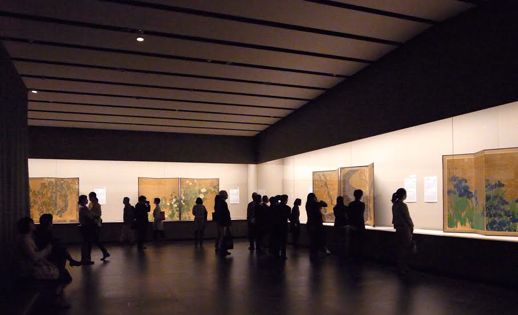
This exhibition presents two folding screens, deemed official National Treasures, displayed together for the first time in 56 years: Kōrin Ogata’s Irises and Red and White Plum Blossoms from the 18th century. It also explores the influence of woodblock engravings and clothing patterns on this master of Japanese painting, introducing the delights of Kōrin’s designs for ceramics and maki-e (precious metal lacquer), as well as his iconic folding screens.
Irises (from the Nezu Museum collection) and Red and White Plum Blossoms (from the MOA Museum of Art collection) leap before your eyes upon entering the room. Other Kōrin folding screens exhibited in the same space provide backup to these leads, allowing for interesting comparisons. The beauty of these works is simply breathtaking.
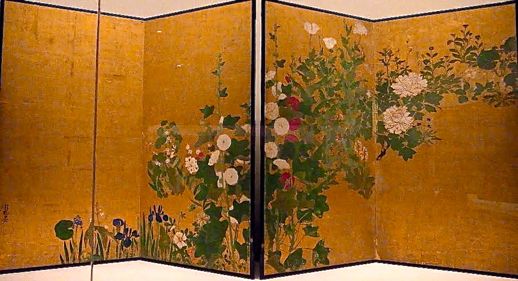
Sprawling luxuriously across two screens, this painting’s bold diagonal composition seems to replace the flowing stream of Red and White Plum Blossoms with summer flowers and grasses. Directing the eye from the lower left to the upper right, the flora of this stunning work comes to life as it appears to fly lightly into the air.
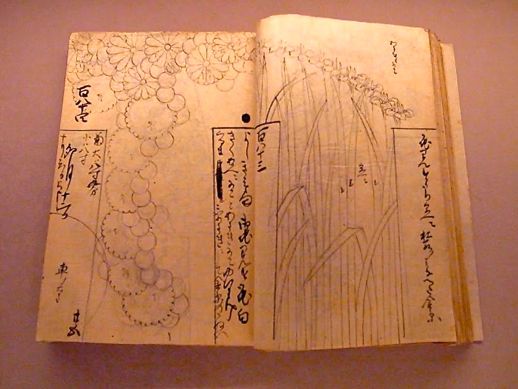
Kōrin’s family ran the high-end garment store Karigane-ya, and kimono design books had an unmistakable impact on his artistic sensibility. The simple repeated arrangements of rabbit-ear irises seen on this book’s right-hand page* were clearly inspiration for the Irises folding screen.
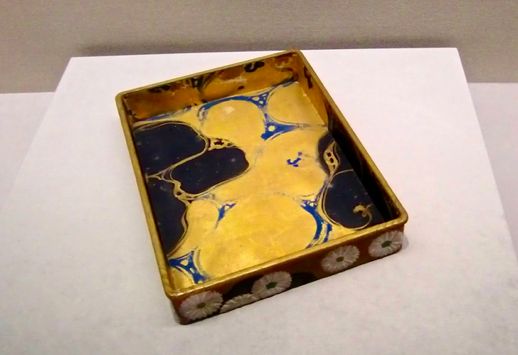
Kōrin, whose brother Kenzan was a ceramics artist, also created designs for sculptural works, several of which are on display. The inside of this tray presents a gently shimmering image of water in jetblack, ultramarine, and gold, evoking the fluidity of the water’s movement.
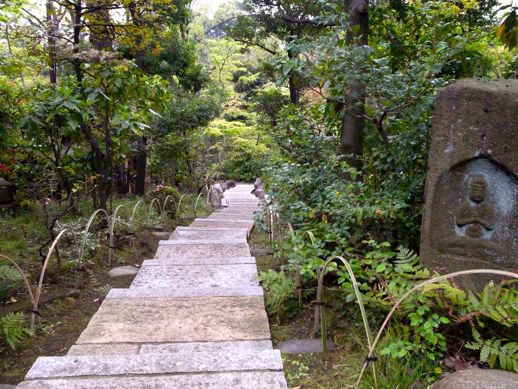
The Nezu Museum’s garden boasts a bed of Japanese irises at the bottom of the stairs. The flowers should bloom in late April or early May, so be sure to admire them after enjoying the sights inside.
Due to the significance of the exhibition, the museum’s usual hours will be extended until 7:00 p.m. from May 12th until May 17th, giving visitors even more opportunity to fully experience the freshness of this classical Japanese painter’s eye for design.
*The pages on display may change during the exhibition period.
Contributing writer: Junko Shimada



